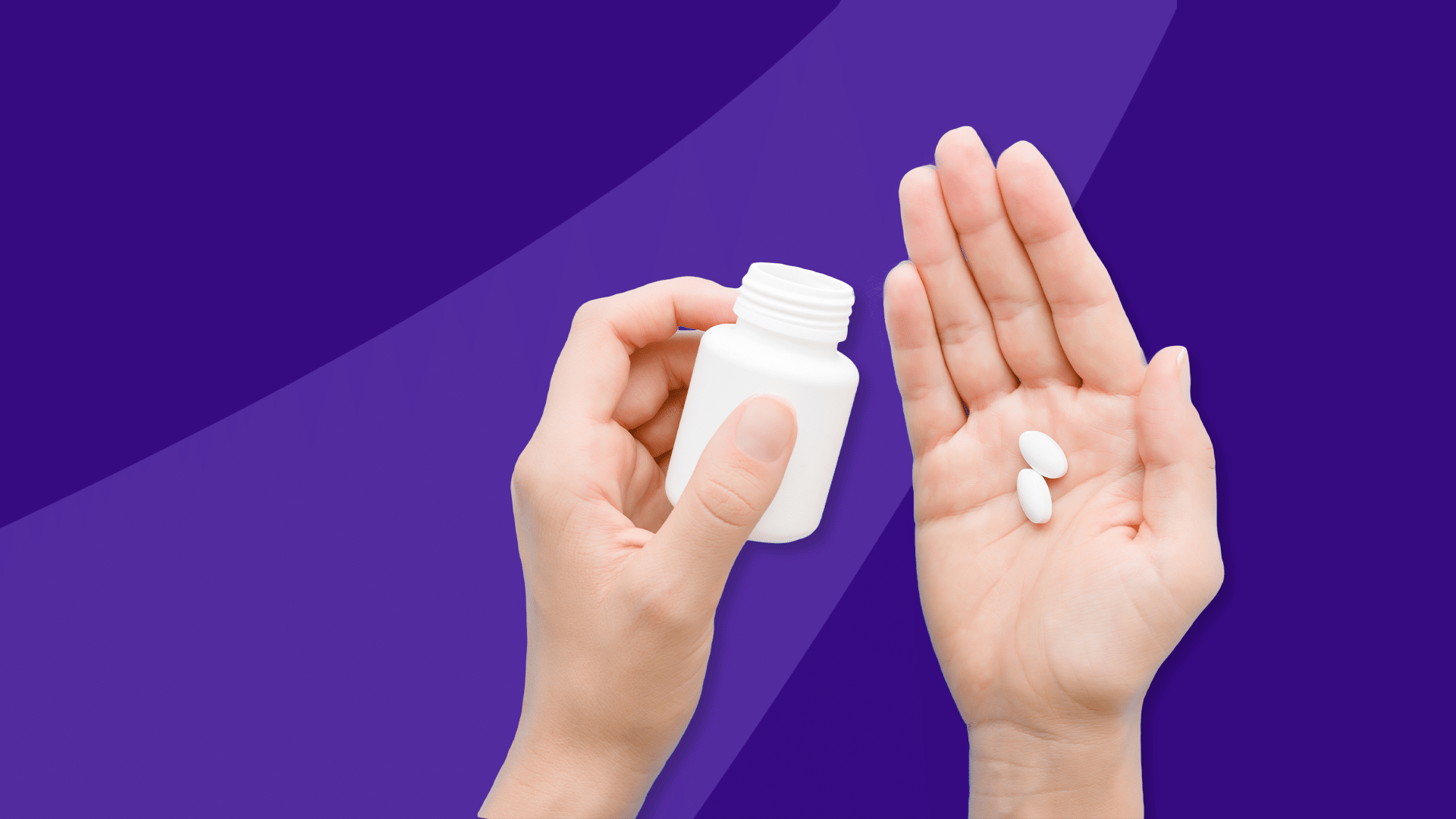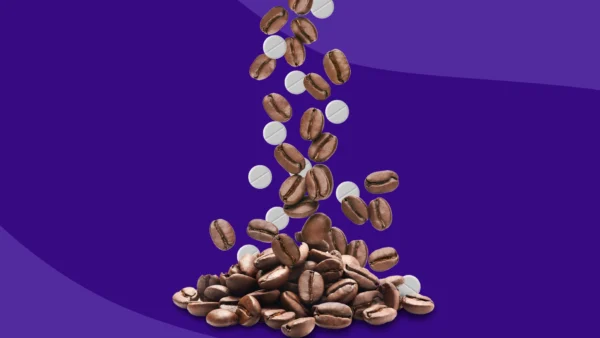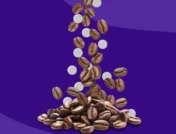Comparison of Jardiance alternatives | Glucophage | Januvia | Victoza | Starlix | Actos | Glyset | Natural alternatives | How to switch meds
The number of medications available to manage a diagnosis of Type 2 diabetes mellitus can be overwhelming. This differs in the management of Type 1 diabetes, in which the available medication options are much more limited. Jardiance (empagliflozin) is one of those medications that is a good fit for many patients, but not the perfect fit for all. Jardiance is part of a drug class known as SGLT2 inhibitors (Sodium Glucose coTransporter-2), sometimes referred to as “flozins” or “gliflozins” given the common ending in the generic names of this medication class. Alternatives to Jardiance and “flozins” might be selected by providers for many reasons, and there are plenty of options with over 10 different classes of medications available to manage blood sugar levels in Type 2 diabetes mellitus. Many agents are added to what is known as the backbone of Type 2 diabetes mellitus pharmacotherapy regimens—Glucophage (metformin).
Diabetes drugs are often compared to one another based on efficacy as add-on therapy to Glucophage (metformin), common side effect profiles, and additional or complementary benefits to patients (e.g., weight loss). Brand name Jardiance might be a good add-on option to metformin in patients with a history of a cardiovascular event, or who have multiple cardiovascular risk factors, based on a clinical trial that demonstrated a decrease in a composite outcome of a cardiovascular event (like a heart attack) or death when compared to placebo. Jardiance has also been shown to result in weight loss in patients and is conveniently dosed only once daily as an oral tablet.
Some reasons to avoid Jardiance in certain patients include those with severe neuropathy, peripheral vascular disease, and foot ulcers. It also would likely be avoided in patients with a history of recurrent urinary tract infections and genital yeast infections given a propensity to exacerbate these conditions related to its mechanism of action, which is to block glucose reabsorption in the kidney and therefore increase urinary excretion of glucose. Because of its dependence on the kidneys, this is not a good medication for a patient with underlying kidney disease. Jardiance also has the potential to cause a serious side effect known as diabetic ketoacidosis.
There are limitations with the use of Jardiance in many patients. For example, it shouldn’t be used as monotherapy in patients with poorly controlled Type 2 diabetes; other options have demonstrated more profound impacts on lab values that correlate with blood glucose control— A1C. Jardiance can also be expensive, even with insurance coverage, and might be prohibitive for many patients.
What can I take in place of Jardiance?
Compare Jardiance alternatives |
||||
|---|---|---|---|---|
| Drug name | Drug Class | Side Effects | Dosage | Coupons |
| Jardiance (empagliflozin) | SGLT-inhibitor | Urinary tract infections, genital yeast infections, dizziness, increased urination | 10 mg by mouth daily; final dose depends on response | Jardiance coupon |
| Glucophage (metformin) | Biguanide | Diarrhea, nausea, flatulence | Dose varies on response, taken by mouth once or twice daily | Metformin coupon |
| Januvia (sitagliptin) | DPP-4 inhibitor | Upper respiratory tract infection, headache, diarrhea, abdominal pain | 100 mg by mouth daily | Januvia coupon |
| Victoza (liraglutide) | GLP-1 inhibitor | Diarrhea, nausea | 0.6 mg SUBQ once daily x 1 week, then 1.2 mg SUBQ once daily | Victoza coupon |
| Starlix (nateglinide) | Meglitinide | Upper respiratory tract infection, back pain, flu-like symptoms | 60-120 mg by mouth three times daily (prior to meals) | Nateglinide coupon |
| Actos (pioglitazone) | TZD | Upper respiratory tract infection, headache, myalgia, fluid retention | 15 mg to 30 mg by mouth once daily | Pioglitazone coupon |
| Glyset (miglitol) | Alpha-glucosidase inhibitor | Bloating, abdominal pain, diarrhea, flatulence | 25 mg by mouth 3 times daily (at start of each meal); final dose depends on response | Miglitol coupon |
| Precose (acarbose) | Alpha-glucosidase inhibitor | 25 mg by mouth 3 times daily (at start of each meal); final dose depends on response | Precose coupon | |
| Trulicity (dulaglutide) | GLP-1 agonist | Acute kidney injury, diabetic retinopathy, diarrhea, nausea, vomiting | 0.75 mg SUBQ once weekly; final dose depends on response | Trulicity coupon |
| Ozempic (semaglutide) | GLP-1 agonist | 3 mg by mouth once daily; final dose depends on response
0.25 mg SUBQ once weekly; final dose depends on response |
Ozempic coupon | |
| Glucotrol XL (glipizide extended release) | Sulfonylurea | Dizziness, diarrhea, nausea, low blood sugar | 2.5 mg to 5 mg by mouth daily; final dose depends on response | Glucotrol XL coupon |
| Lantus (insulin glargine) | Long acting insulin | Low blood sugar, injection site reactions, weight gain | Dose will depend on blood sugar control needs | Lantus coupon |
| Novolog (insulin lispro) | Rapid-acting insulin | Low blood sugar, injection site reaction | Dose will depend on blood sugar control needs | Novolog coupon |
Other alternatives to Jardiance
- Invokana (canagliflozin)
- Farxiga (dapagliflozin)
- Steglatro (ertugliflozin)
- Diabinese (chlorpropamide)
- Tolinase (tolazamide)
- Bydureon (exenatide extended-release)
- Amaryl (glimepiride)
- Diabeta (glyburide)
- Symlin (pramlintide)
- Nesina (alogliptin)
- Tradjenta (linagliptin)
- Onglyza (saxagliptin)
- Avandia (rosiglitazone)
- Adlyxin (lixisenatide)
Glucophage (metformin)
Glucophage comprises is its own medication class, known as biguanides. It is often the first medication prescribed after the diagnosis of Type 2 diabetes mellitus in most patients due to its historic demonstration of safety and efficacy, after a trial of diet and exercise. It is also often prescribed in the treatment of prediabetes. Glucophage can reduce the risk of death due to heart disease, of which a diagnosis of diabetes is a contributor. Glucophage works by inhibiting the production of glucose, inhibiting intestinal absorption of glucose, and increases insulin sensitivity in both muscle and fat. On its own, patients can expect to see a drop in their A1C lab value of 1%, and is considered weight neutral (patients shouldn’t expect to gain or lose weight with this medication). However, patients taking metformin should expect to see an end to any insulin-associated weight gain they may have experienced up to its initiation. Glucophage comes with minimal risk of causing low blood sugar (hypoglycemia) and is dosed twice daily to three times daily.
Januvia (sitagliptin)
Januvia (sitagliptin) is in yet another drug class known as dipeptidyl peptidase-4 (DPP-4) inhibitors. This drug class is often referred to as “gliptins” since the generic names of the medication in this class end in this way, and may also be referred to as incretin enhancers. These medications work by increasing insulin secretion in response to elevated blood glucose, decreasing glucagon secretion, increasing the sense of fullness, and slowing gastric emptying. When added to Glucophage, patients can expect to see an additional drop in their A1C of 0.5 to 0.7%. Januvia also decreases postprandial glucose, does not result in hypoglycemia on it is own, and is weight neutral—meaning patients aren’t anticipated to lose or gain weight if this medication is added to their regimen.
Serious side effects associated with Januvia include the possible development of severe joint pain, so this disclaimer should always be provided when prescribing this medication. Also, some medications in this class result in drug interactions, so all prescription drugs should be reviewed with a healthcare provider prior to implementation. Januvia is conveniently dosed once daily by mouth but does require dose adjustments in patients with kidney disease.
Victoza (liraglutide)
Victoza (liraglutide) is in the drug class to treat Type 2 diabetes mellitus known as GLP-1 agonists; this drug class is also sometimes referred to as incretin mimetics. When added to Glucophage, patients can expect to see an additional drop in their A1C of 1%, which is significant in comparison to other classes of diabetes medication. It may also be used as monotherapy (not added to Glucophage). Victoza should not be used in conjunction with a DDP-inhibitor due to a lack of additive blood sugar control, and if administered with insulin or other medications capable of causing hypoglycemia on their own, those medications may require a dose reduction. This medication and drug class work by increasing insulin secretion in response to elevated blood glucose, decreasing glucagon secretion which leads to reduced liver glucose production, and finally slowed gastric emptying. Ultimately, this reduces blood glucose after meals (postprandial glucose), but this medication on its own should not cause hypoglycemia.
Victoza can cause some gastrointestinal discomfort, including diarrhea and nausea; it is also may result in some weight loss in patients and is selected for this secondary benefit in certain patients. Victoza has demonstrated some benefit in patients with atherosclerotic cardiovascular disease in that it decreases the risk of events like a heart attack or stroke and may be a preferred agent in this population. It is an injectable medication administered subcutaneously once daily.
Starlix (nateglinide)
Starlix (nateglinide) is part of a drug class known as meglitinides. Their mechanism of action is slightly more refined than some of the other medications discussed so far, in that Starlix stimulates insulin secretion from the pancreas, reducing postprandial glucose. Unfortunately, patients may experience serious side effects like hypoglycemia when this medication is part of their regimen. Patients can anticipate a drop in A1C of 0.7% to 1.1% when added to Glucophage and may actually experience weight gain. Starlix requires frequent dosing (three times daily), but also some flexibility in that a dose can be skipped if a meal is also skipped.
Actos (pioglitazone)
Actos (pioglitazone) is a member of the thiazolidinedione drug class, or “TZDs.” It works by increasing insulin sensitivity in muscle and fat and can result in almost a 1% decrease in A1C. It is taken by mouth once daily and comes with a low risk of causing hypoglycemia. It can, however, cause edema (swelling) and weight gain, so may not be an ideal option in all patients. Actos also has a notable adverse effect of causing heart failure, so should be avoided in patients with symptomatic heart failure as an underlying cardiovascular disease. On the other hand, Actos may be selected in patients with high triglycerides on their lipid profile since it has demonstrated a decrease of this value in patients; it also has demonstrated an ability to improve cardiovascular outcomes by reducing the risk of stroke.
Glyset (miglitol)
Glyset (miglitol) is a member of the Type 2 diabetes mellitus medication class known as alpha-glucosidase inhibitors (AGIs). What is unique about this medication is that when used in combination therapy, it is not usually added onto Glucophage, but to members of a drug class known as sulfonylureas (encompassing medications like Diabeta (glyburide), Glucotrol (glipizide), and Amaryl (glimepiride). When added to a sulfonylurea as part of a regimen, patients can expect to see a decrease in their A1C of around 0.7%. This medication works by slowing intestinal carbohydrate digestion and absorption and is taken by mouth three times daily (before major meals). It is unlikely to cause low blood sugars when taken as monotherapy but can cause significant gastrointestinal side effects (like abdominal pain and diarrhea). Like Glucophage, it is beneficial in the treatment of prediabetes and is considered weight neutral.
Natural alternatives to Jardiance
A new diagnosis of Type 2 diabetes mellitus can feel overwhelming, especially the thought of taking medications and monitoring your blood glucose every day. Fortunately, the diagnosis may be reversible with some lifestyle changes and dietary modifications, especially efforts made to achieve a healthy weight. Many people turn to natural alternatives for the management of a Type 2 diabetes mellitus diagnosis, including vitamins and supplements. This should be done with caution and in discussion with healthcare professionals since some vitamins can cause side effects like lower blood sugar when taken with medications, or may even act counterintuitively (by causing high blood sugar). There has been some interest in the literature regarding apple cider vinegar and its ability to lower blood glucose in patients with diabetes. While regularly consuming apple cider vinegar does seem to demonstrate a reduction in post-meal blood glucose levels, the results aren’t remarkable since the impact on A1C has demonstrated to be nominal at best—and not statistically significant.
How to switch to a Jardiance alternative
With so many options for the management of Type 2 diabetes mellitus, any interest in changing medications should be discussed at length with a healthcare provider. As mentioned above, both welcome and unwelcome side effects can differ within and between different therapeutic drug classes, and some medications have certain secondary benefits in patients with specific underlying conditions (besides the diagnosis of diabetes). Transitions between medications, including how to stop and start a new medication, should be carefully outlined. Abruptly stopping Jardiance may require an increase in other medications you might be taking so as not to cause prolonged periods of hyperglycemia (for example, insulin) and until any new medication takes its effects. As always, the medical advice of a professional should be considered to devise a plan when changing prescription drugs to avoid any unnecessary side effects.











